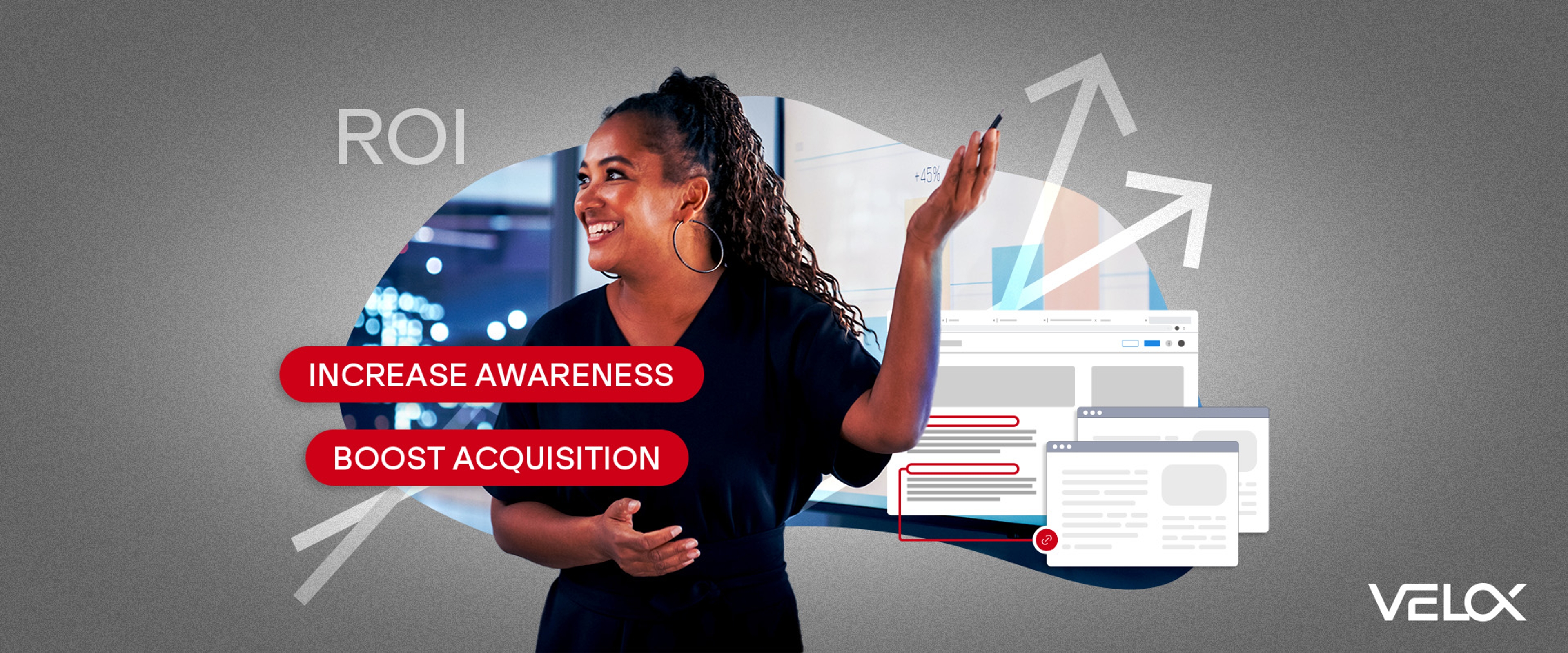

The 7 Deadly Sins of a Site Migration and How to Avoid Them


The web is constantly evolving, and digital marketers need to stay adaptable so they can execute successful campaigns and stay ahead of the competition. Website migrations are part of that, and as your business grows and changes, you’ll almost certainly go through a site migration at some point.
Whether you’re merging with another company or reskinning your site for broader appeal and a better UX, all site migrations involve a degree of risk. Your existing SEO value and link equity are at stake, and errors can result in significant consequences, setting your brand back months or even years.
That’s why it’s critical to do your research, communicate with all the stakeholders and relevant teams, and create a precise plan to avoid the same mistakes that so many before you have made.
Before you initiate your site migration, review this list of seven common site migration mistakes so your migration can go smoothly.
Mistake 1: Starting Your Site Migration Without a Plan
You wouldn’t throw a friend’s birthday party, travel overseas, or go grocery shopping without a plan, so you certainly shouldn’t improvise your way through a site migration.
When it comes to setting up your site migration checklist, there’s no such thing as too much detail.
It’s vital you confer with all relevant stakeholders, including your developers, to establish scope, objectives, needs, and a timeline. You can never have too much knowledge when learning how to migrate WordPress site to new host or platform, so maximize your resources and speak with the experts in your organization or your partner agency.
Once you’ve decided that a site migration is the way to go, start by consulting our complete guide to SEO site migration in 2023.
Site migration work is complex, and trying to wing it will invariably result in overlooked tasks, miscommunications, and missed deadlines.
Site migrations can be exciting when you focus on the end result—a smooth-running website optimized to maximize your brand’s digital growth. However, just because you’re excited to complete the migration doesn’t mean you should move quickly.
Instead, a measured, tempered approach is much more conducive to achieving your migration goals with minimal disruption.
Remember, planning isn’t just about getting from point A to point B. It’s also about establishing a protocol for monitoring progress and results, especially traffic changes as your migration rolls out. Be sure you have all your tracking set up in Google Analytics 4 well in advance.
Mistake 2: Improperly or Incompletely Redirecting URLs
Duplicate content and broken links are among the dreaded consequences of a site migration gone wrong. To an extent, your URLs are your website, so redirect work must be performed properly to ensure success.
From setting up canonical tags to consolidating internal links and avoiding redirect chains, this multidimensional element of site migration requires thorough planning and diligent execution. Don’t settle for a completed site migration checklist—go back and double or triple-check to ensure you complete this process flawlessly.
Whether you need to redirect from the old site to the new one, from the new site to the old one, or manage existing redirects, it’s important you take everything into consideration and don’t leave anything out.
Mistake 3: Ignoring Robots.txt File Errors
Correctly setting up your site’s robots.txt file can be the difference between an outstanding new site that moves your brand forward and a significant setback that takes considerable time and effort to rectify.
If you allow crawlers to access your site while development is still underway, they could index the wrong pages and cause huge headaches. That’s why it’s essential to closely monitor your robots.txt file and restrict crawlers from your staging site before it’s ready to roll out.
As you might imagine, website owners also get into trouble when they launch a new migration site but forget to update the robots.txt file to allow crawling and indexing. If your pages aren’t indexed, searchers won’t be able to find them, and your traffic will plummet.
Be sure to turn indexing on when you’re ready to go live—but not a moment before.
Mistake 4: Communication Breakdowns
We’ve all seen what can happen when team members fail to communicate. Whether it’s due to a structural issue such as internal silos, technical problems, or just simple forgetfulness, gaps in communication can cause significant problems, particularly during sensitive projects such as a site migration.
From the earliest planning stages of your migration, you need to establish who will be involved and the best means of communication. It’s also prudent to build in redundancy with a backup channel—like a messaging app or even a phone tree—as this can keep the wheels turning should your primary channel experience an outage.
If your development team is external, make sure you always have a primary and secondary point of contact. In addition, try to avoid going off-thread. If you need to communicate 1-on-1 with a team member, loop in the appropriate people afterward.
Mistake 5: Poorly Timing Your Site Migration
Although your site migration should follow a clear timeline, you never know what will happen along the way. That’s why you should build flexibility into your timelines so you can address any issues as they arise. While you can plan and account for internal challenges, there are plenty of external factors to consider.
For example, you’d never want to launch in the midst of a Google algorithm change. These alterations—particularly core updates—bring traffic fluctuations that can last for weeks. This makes it all but impossible to diagnose issues and continue your site migration SEO once it's publicly accessible.
If you can time it right, the best opportunity to launch your new site is a few weeks before the next Google update. By going live at such a juncture, you can start tracking before the update drops and get an idea of how your site is performing.
Mistake 6: Not Thoroughly Testing for Errors
You’ll begin to see the results of your site migration work once your site is accessible to the public and search engine crawlers. However, you can’t assume everything will work smoothly and call the migration a success without further testing.
Whether you’ve been working to migrate WordPress site to GoDaddy or another host, technical issues and security gaps are entirely possible. That’s why testing your new site structure, redirects, and any automation tools you may use is key to a successful migration.
As you build your site migration checklist, be sure to focus on testing as part of the planning phase and start testing as early as possible, making it a part of every single stage. This will ensure maximum lead time to handle whatever issues come up and help minimize risks when launch day finally arrives.
Mistake 7: Failing to Maintain a Backup
There’s a degree of risk involved in every site migration. To mitigate that risk to the greatest extent possible, you must maintain a backup of your current site and database just in case you need to revert back because of an unforeseen issue.
Hopefully, you won’t experience a disaster during your site migration. But if your work to migrate WordPress site to a new host hits a snag, that backup will suddenly become your most valuable digital asset.
Regularly capturing and preserving a backup of your current site may sound like common sense, but you’d be surprised how often this process is neglected. Don’t think of it as extra work. Instead, consider it the cheapest insurance policy you’ve ever purchased.
VELOX Media Can Help You Complete Your SEO Site Migration
Website migrations can be complicated, especially if you’ve never completed one before. However, the experts at VELOX Media are here to help make sure everything runs smoothly, and your site migration is a success with minimal impact to your rankings.
With everything from creative services to search marketing, link building, and much more, we want nothing more than to help you crush your KPIs and see what exponential growth looks like firsthand.
Contact VELOX today and see how easy an effective site migration can be.




